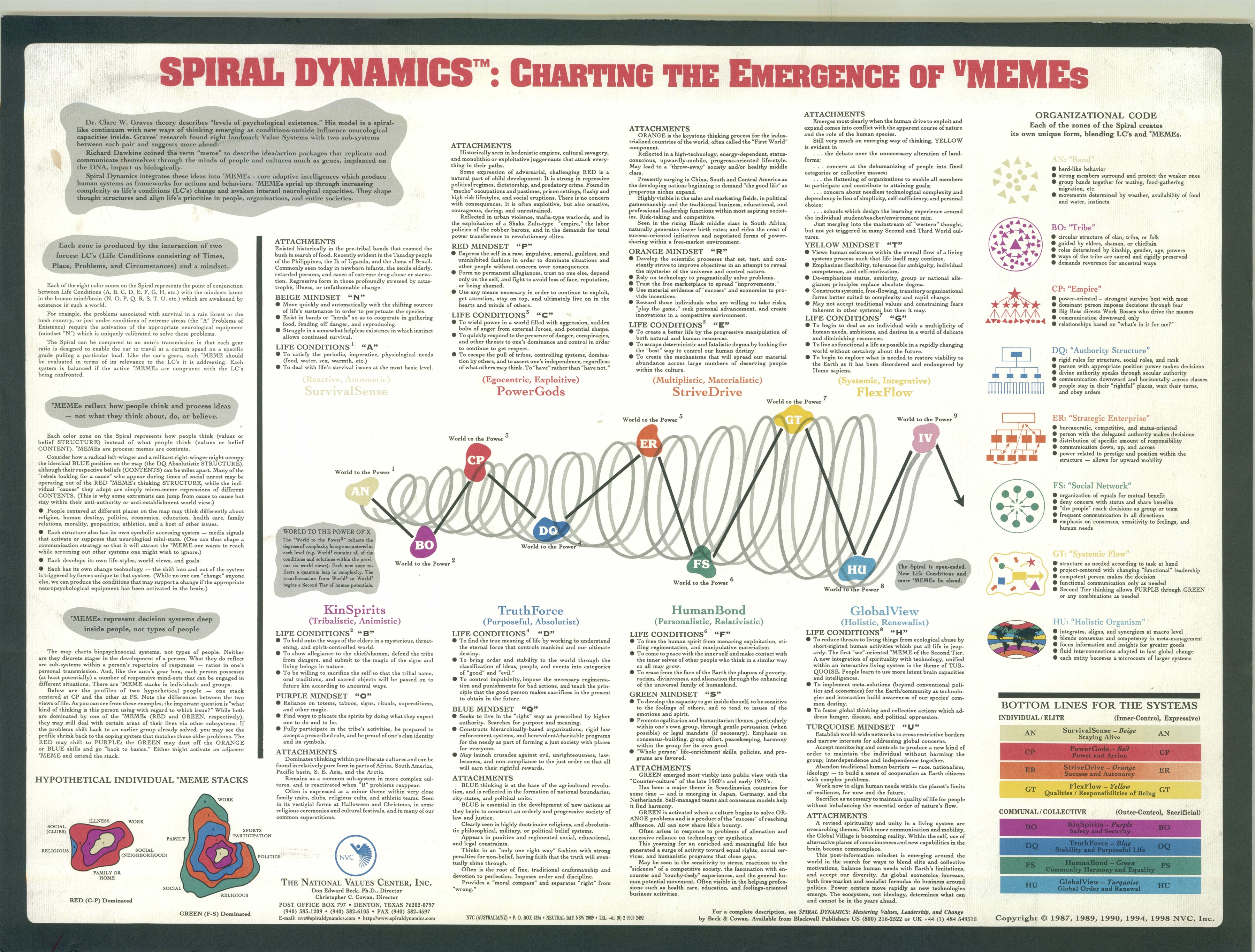The Dynamics of Value Systems
Value systems are an essential part of SDi. Most people link SDi with the drives/memes most often expressed in the well-known colors. However, value systems are more than just single colors or colors added up; they show a coherent and consistent dynamic (hence the word Dynamics in SDi), which we find of the utmost importance to fully grasp the SDi model as a whole. Below, some of the most valuable characteristics of dynamics of – and between – value systems are being described.
The most important characteristics of dynamics of – and between – value systems:
- Every value system is important and has value. One value system is not inherently better or worse than another. However, during certain life conditions one value system will be more applicable than another.
- Value systems are hierarchically ordered in stages of human development as complexity in life conditions increases. In Third World countries, for example, people will probably not have the tendency to deal with global issues, as the local situation will obviously draw most of their attention and energy.
- Value systems may have healthy and unhealthy manifestations. This means that:
– All value systems have their natural place and do not compete with each other;
– All value systems are constructive and preserve life. They are never destructive nor against things;
– Unhealthy manifestation of value systems take place when (parts of) the inside or outside world – please see Integral Vision – do not play their part in the development; - Value systems, which are more complex, can distinguish value systems with less complexity. Value systems with less complexity however, cannot recognize more complex value systems.
- During the development of value systems, old (not applicable) value systems will naturally die out, so people will be able to completely embrace the new value system. However, a healthy and mature value-driven consciousness requires that the old, dead value system will eventually be included in the new as well. This is called the principle of transcend & include. For example, when a person goes beyond an Orange into a Green value system, he or she may have the tendency to discard the Orange entrepreneurial spirit and drive for success. In Green, this person can be inspired by new dreams and ideas. To make those successful, Orange is eventually again needed.
- People will have a dominant value system, but in real life, they will continuously shift between value systems to adapt to prevailing life conditions. This is why people may act differently at home than at work. After all, life conditions are different.
Conclusion: Change can only be realized when it fits the values, motives and needs of the people involved and when it fits within the given context and prevailing life and work conditions. When supporting people, we will have to realize that individuals, organization and environment must be seen as a holistic whole. Everyone and everything is inseparably connected to each other. We need to consider the separate parts in relationship to the bigger picture.
Click to learn more about value systems
Click to learn more about integral theory
Click to learn more about change dynamics
Click to go to the next Basic Principle: 1st and 2nd Tier



